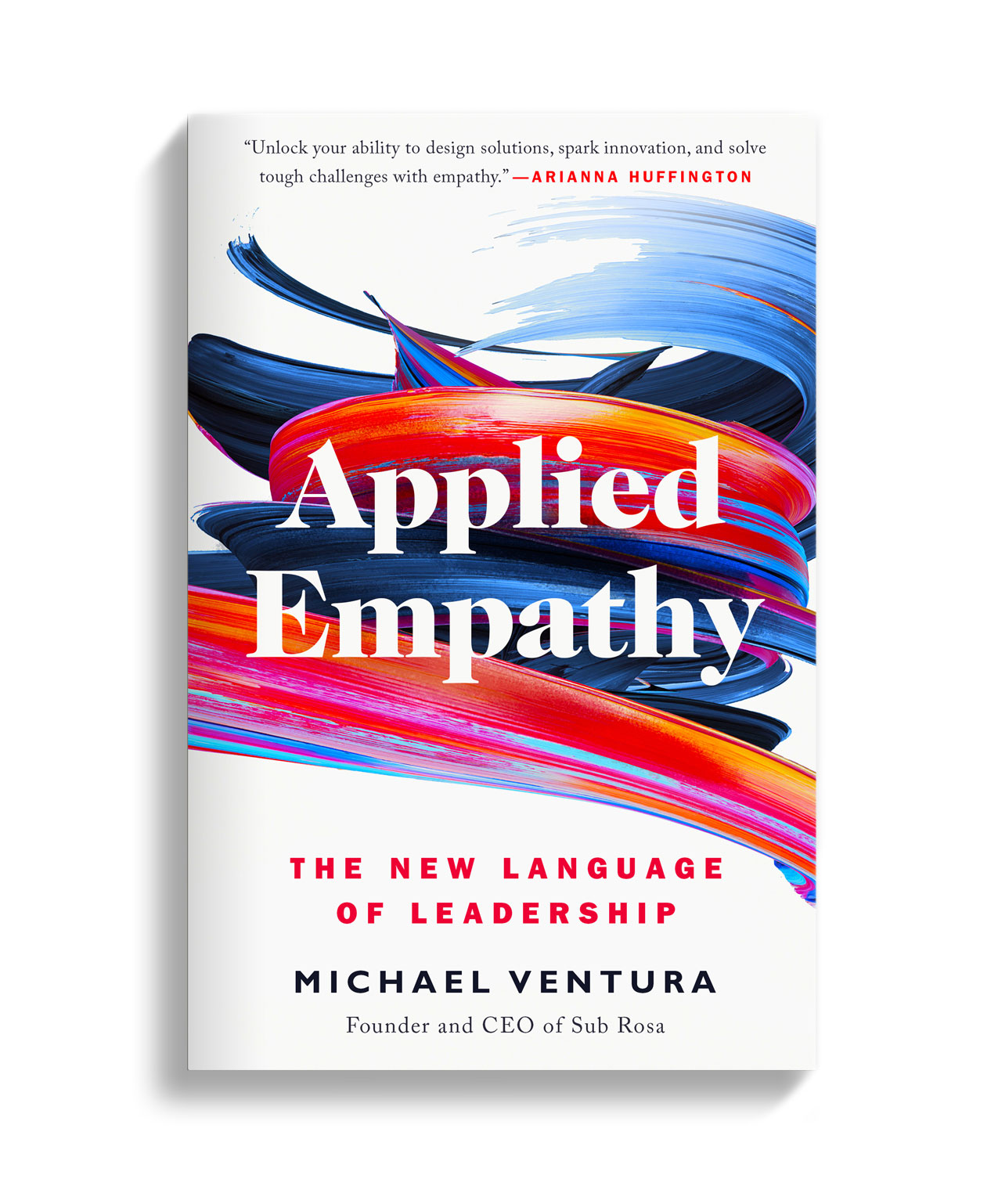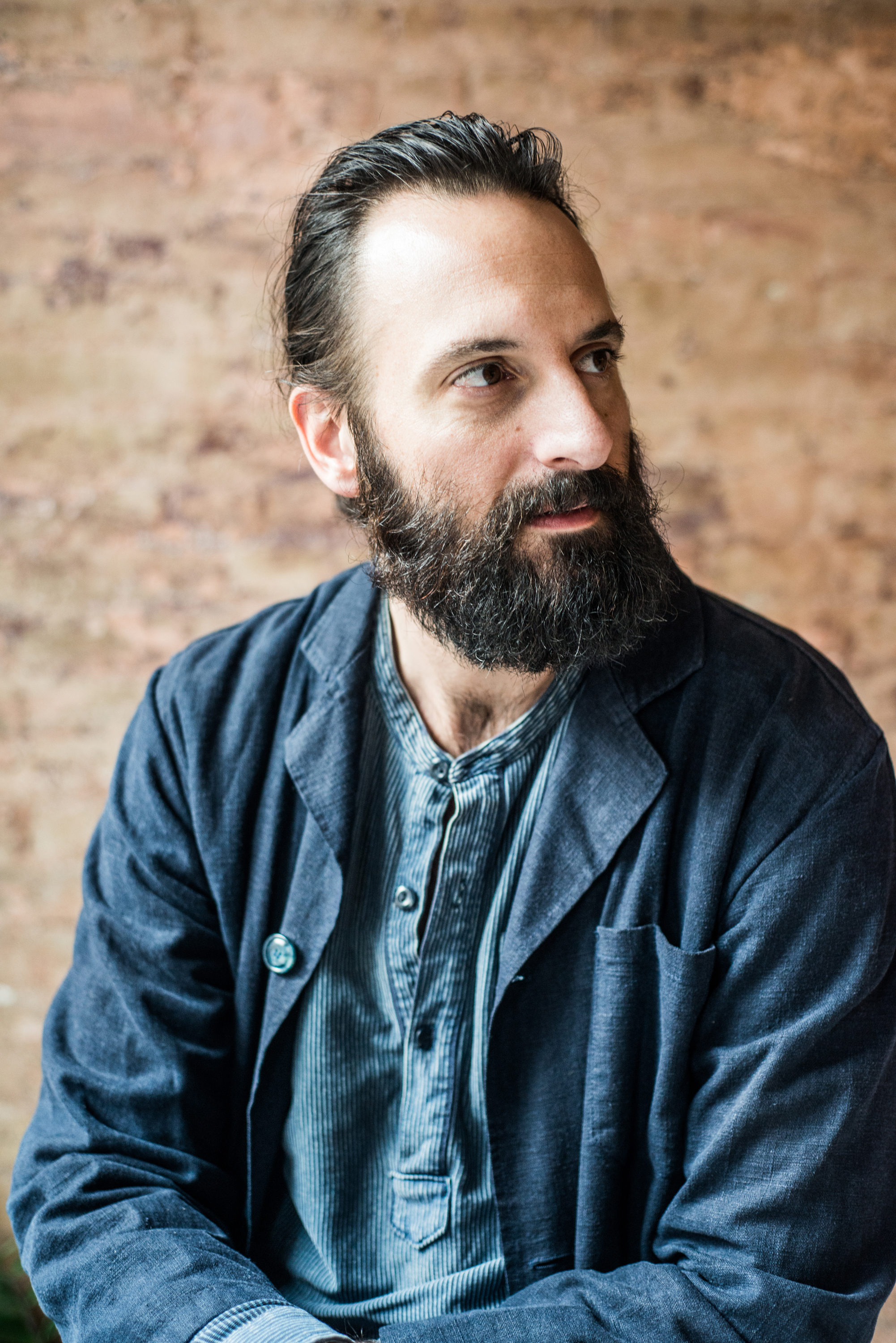Philosophers and psychologists have suggested for years that each of us is made up of many “selves.” Jung referred to them as opposing attitudes of the ego and the unconscious. William James is quoted as saying, “Properly speaking, a man has as many social selves as there are individuals who recognize him.” Emmanuel Kant wrote extensively about the “I of reflection” that we encounter through apperception. This stuff can get really heady, really fast.
I’ve taken bits of philosophy that have resonated with me and tried them on for size. Some fit nicely, others were cumbersome and clunky. Over time, I’ve come to believe that we have within us seven distinct facets of self. When they are working together, aligned and empowered, we understand ourselves fully. When they are in discord, imbalanced and confused, we cannot become the leaders, creators, or partners we want to be.
These seven selves begin at our roots. The first to consider is the Physical Self, which helps us explore the power of our presence and experience the environment around us. Without this sort of presence, any other more cerebral pursuits are futile.
Next is our Emotional Self, which connects us to our personal needs and our inner voice, giving us a means to achieve greater understanding and self-knowledge. This self helps us understand our biases, our fears, and our self-imposed limitations and constrictions. Talk therapy is a great way to explore this realm of the self. This therapy is often diagnostic, and ideally, when effective, it can lead to actionable behavioral changes that help us come into our true “self.”
The Inspired Self is the spark that ignites the inherent desire to make, to do, and to solve. We engage with this self when we establish goals or intentions we want to pursue and then take the steps to act upon them. Think about the times you’ve set a goal for yourself, then acted upon it and accomplished it. The deep sense of accomplishment that gives you is what fuels the Inspired Self and encourages us to set new goals.
Unfortunately, many of us get stuck in this self, especially those of us in the business world who thrive on the achievement of measured goals, to the exclusion of the other aspects of the self, causing us to hold ourselves back from a deeper, more whole sense of understanding and personal growth.
Having grasped our physical, emotional, and inspired states of being, we can begin to look at how we fit within the context of the world around us. What role do we play among our family, friends, and colleagues? This is the Community Self, and it helps us understand how our individual self interacts with the world around us. What type of person are we at work? At home? Do people rely on us the same way? Do we provide different things to different people, or are our core aspects of ourselves relied upon in a similar way irrespective of the people around us? The Community Self helps us know what others most often rely upon us to do and helps us contextualize the “fit” of our relationships.
If people ask us to behave in a manner consistent with our own views and the intent of our Whole Self, we can work with others effectively. But when we are urged to deviate from our authentic self, to act in ways that pull us from our core beliefs, it is often an indicator that we need to do some personal work to improve our sense of agency or the dynamics of our relationships.
One way we can make such changes is to begin to engage with the Intellectual Self. This is the self that asks questions both old and new, micro and macro, universal and specific, to help us get a grasp on our perspective and communicate it effectively. At times our emotions are complex and hard to manage. How many times have you acted out of anger and said something you shouldn’t have? Or been so overjoyed that you saw a situation through rose-colored glasses, obscuring the reality? The Intellectual Self helps put our emotions and senses into concepts and words that help us understand what’s going on inside and relate more effectively to those around us.
Mindfulness is an ancient topic that has become increasingly popular again. The growing interest in meditation, from tried- and-true forms such as Vedic and Zen meditation to more contemporary modalities such as Transcendental Meditation (TM) and facilitation tools such as the popular app Headspace have helped people the world over to become more conscious and aware. It’s no coincidence that in these trying times, we are seeing more people, of all demographics and psychographics, begin to explore a more mindful state of being. This is the nature of the Mindful Self. This self’s primary function is to raise our consciousness for the present moment, our relationship with the world around us in this moment, and our place in it.
Once we had outlined these six selves—the Physical, Emotional, Inspired, Community, Intellectual, and Mindful—I thought about what these different facets of our inner workings add up to. What kind of clarity do they create?
For me, they come together in an awareness of our Aspirational Self. Some might call this our purpose. This is what we strive for and constantly pursue. It clarifies the vision we have of our growth and what we see as the necessary steps to getting us there.
It is in our nature to grow, to learn lessons, and to evolve. Many great spiritual teachers, spanning all religions and sects, have shared this lesson with us for millennia. The pursuit and acceptance of the Aspirational Self allows our lives to gain meaning. Having a sense of our greater purpose is like the magnetism that keeps a compass needle pointing toward the north. With clarity of purpose, we can make choices and take actions clear-mindedly.
These are the aspects of the Whole Self.
It is no coincidence that they correspond with many ancient teachings.Those who are familiar with the Eastern concept of the chakras can see how these seven facets of the Whole Self correspond with the seven primary chakras. They, like other mind/body mapping frameworks such as the Chinese dantians, are used to help translate ancient wisdom into understandable states of knowledge.
Although I have invested countless hours into thinking deeply about these matters, exploring my own personal development, and relaying my thoughts to others who are walking along a similar path, I do not believe there is a finish line because these pursuits are never fully finished. Instead, maintaining an awareness of the Whole Self is a constant practice of self-attention and awareness, affording us the opportunity to notice when we are losing track of a part of our self and enabling us to make small course corrections or adjustments to regain alignment.
I know that through the daily, hourly, and moment-to-moment act of self-observation, we can understand and attain a better and more whole self.
Even if just for a moment.

Excerpted from Applied Empathy: The New Language of Leadership by Michael Ventura, CEO and founder of Sub Rosa.
Follow us here and subscribe here for all the latest news on how you can keep Thriving.
Stay up to date or catch-up on all our podcasts with Arianna Huffington here.


